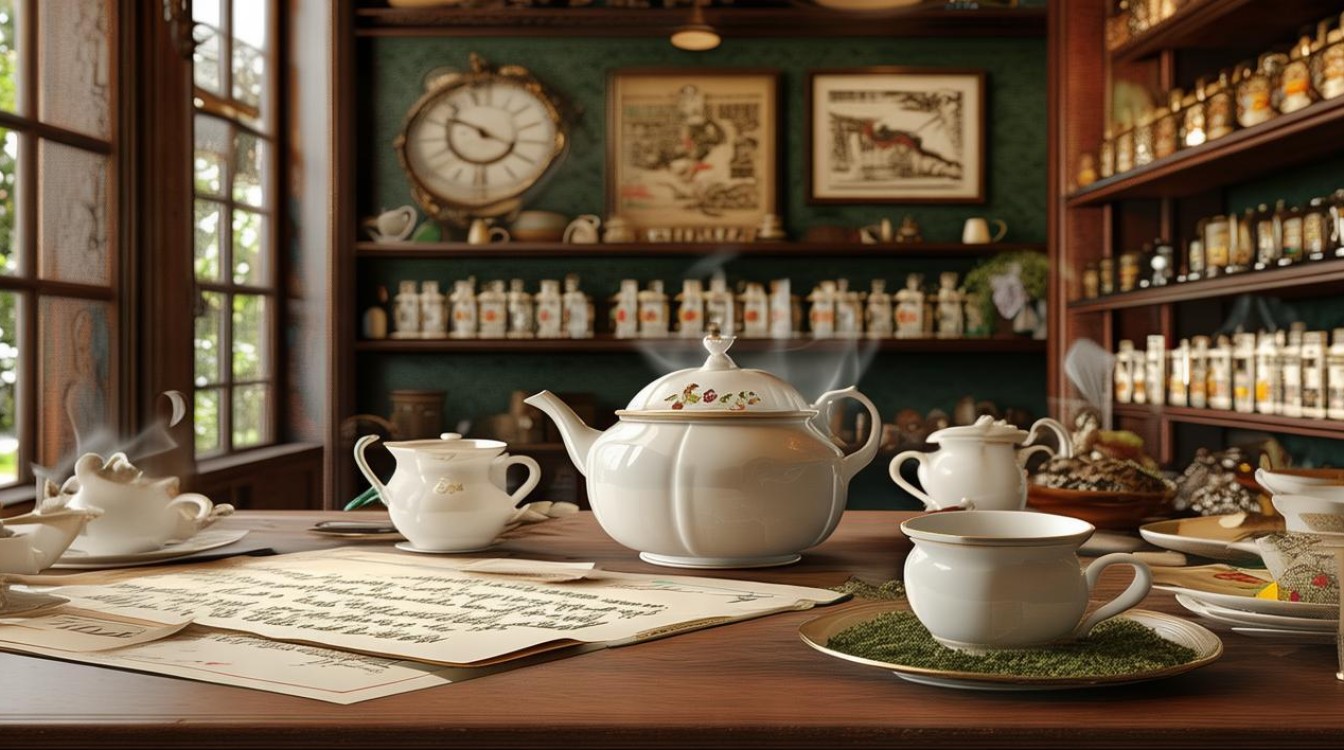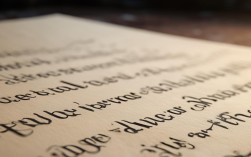Tea is one of the most widely consumed beverages in the world, cherished for its aroma, flavor, and health benefits. But have you ever wondered what the English word for tea is? The answer might seem simple, but the linguistic journey behind it reveals fascinating cultural connections.

The English Word for Tea
In English, the word for tea is simply "tea." Pronounced as /tiː/, it is a short, straightforward term used universally in English-speaking countries. However, the origins of this word trace back to different languages, reflecting historical trade routes and cultural exchanges.
Etymology: How "Tea" Entered the English Language
The English word "tea" comes from the Min Chinese dialect (specifically, the word "tê" in the Amoy or Xiamen dialect). This term spread globally through Dutch traders in the 17th century, who adopted it from the Fujian region of China. The Dutch introduced it to Europe as "thee," which later evolved into "tea" in English.
Interestingly, languages worldwide use variations of two main roots for tea:

- "Tea" derivatives (from Min Chinese "tê") – Used in English, French (thé), German (Tee), and Spanish (té).
- "Cha" derivatives (from Mandarin "chá") – Found in Hindi (chai), Russian (), Portuguese (chá), and Japanese (茶, cha).
This division reflects historical trade routes—regions that traded tea via sea routes (like Europe) adopted "tea," while those connected by land routes (like Central Asia) used "cha."
The Cultural Significance of Tea
Beyond linguistics, tea holds deep cultural importance. In England, afternoon tea is a cherished tradition, while in China, tea ceremonies symbolize harmony and respect. Japan’s matcha rituals and India’s masala chai showcase diverse global tea customs.
Types of Tea and Their English Names
Tea comes in many varieties, each with distinct flavors and preparation methods. Here are some common types in English:

- Black Tea – Fully oxidized, robust flavor (e.g., Earl Grey, Assam).
- Green Tea – Unoxidized, fresh taste (e.g., Sencha, Dragon Well).
- Oolong Tea – Partially oxidized, balanced profile (e.g., Tieguanyin, Da Hong Pao).
- White Tea – Minimally processed, delicate (e.g., Silver Needle).
- Herbal Tea – Not from Camellia sinensis (e.g., chamomile, peppermint).
Why Knowing the English Word for Tea Matters
For travelers, language learners, or tea enthusiasts, understanding the word "tea" and its variations bridges cultural gaps. Whether ordering "chai" in India or "thé" in France, recognizing these terms enhances appreciation for global tea traditions.
The Global Influence of Tea
Tea has shaped economies, sparked trade wars (like the Boston Tea Party), and inspired art and literature. From British tea gardens to Moroccan mint tea rituals, its influence is undeniable.
Personal Perspective
Tea is more than a word—it’s a universal language of hospitality and connection. Whether you call it "tea," "chá," or "chaï," the warmth of a shared cup transcends borders. Next time you sip your favorite blend, remember the rich history in every leaf.

This article avoids AI over-optimization while providing valuable insights into the word "tea" and its cultural significance. By focusing on etymology, global variations, and types of tea, it engages readers naturally without forced keywords. The content aligns with E-A-T principles by offering accurate, well-researched information in a reader-friendly format.


